AHAs vs BHAs: Which Exfoliant Is Right for You?
| Authored by: Adeeba |
| Reviewed by: Kapil Dhameja |
| Estimated Reading Time: 7 minutes |
Your skin cells are busy every day, they live, work, and eventually die. The old ones need to die so the new ones can come to the surface. This is the power and process of exfoliation, it removes the dead skin cells on the surface so that your skincare products can absorb better, you have a smoother texture, and a glow. In brief, exfoliation is the process of removal of old,dead skin cells that cling to your skin’s surface. Many treatments are available for exfoliation. Herbal Exfoliant is a cleansing formula and treatment mask that detoxifies the skin, it enhances absorption and retention of moisturizing agents and restores the skin's own natural moisture factor. Skin exfoliation improves the quality and tone of skin by assisting in the removal of dead skin cells from the surface.
Chemical exfoliants such as Alpha Hydroxy Acids (AHAs) and Beta Hydroxy Acids (BHAs) are particularly effective because they can remove dead skin cells relatively gently.
|
Table of Contents |
What are AHAs ( Alpha Hydroxy Acid)?

Alpha Hydroxy Acid are acids that are derived from plants and animals, they are often used in various skincare products. These include daily anti-aging products, such as serums, toners and creams and occasional concentrated treatments. AHAs include glycolic acid, lactic acid, malic acid, tartaric acid, and citric acid; they all are often used extensively in cosmetic formulations.
AHAs are especially good for
-
Smoothing the rough skin
-
Improving fine lines
-
Skin renewal
-
According to one study, AHAs “have been used as superficial peeling agents… to treat keratoses and acne” and can “improve wrinkly skin by increasing synthesis of glycosaminoglycans and thicker skin.”
Types of AHAs
As we have already mentioned above that Alphas Hydroxy Acid (AHAs) have several of it's type and each acid has its own unique properties and effects to offer to our skin. Let's talk about it!
Glycolic acid
This acid is derived from sugarcane, and is frequently considered the most effective and studied AHA for brightening complexions and smoothing the appearance of fine lines.
Lactic acid
This is derived from milk, it has a milder level of exfoliation than glycolic acid and works best at hydration and for sensitive skin.
Mandelic acid
This is derived from bitter almonds, it helps to exfoliate slower than glycolic or lactic acid, which makes it a good choice for acne-prone and darker skin tones.
Citric acid
This acid is derived from citrus fruits, often used to adjust pH, which offers cute exfoliating benefits as well as antioxidant benefits.
Malic & Tartaric acids
They are derived from apples and grapes, respectively, and are often used in blends for their smoothing properties.
AHAs are particularly advantageous for people with dry, lack of luster, or rough skin. They reduce pigmentation, fine lines, and texture, making them ideal for achieving that "just polished" look, and if you're looking for that glow, AHAs will be a great choice.
Benefits of AHAs
You must be familiar with the appearance of skin that looks dull and tired, and when no matter how much moisturizer or concealer you apply, nothing seems to work, isn't it? Usually, that just means your skin could use a little help to stimulate the renewal process. That’s where AHAs come in and become a total game-changer. Let's explore the various benefits of AHAs now.
Exfoliation
AHAs are used to exfoliate your skin. This is the foundation for all the other benefits of AHAs. Your natural skin cell cycle slows down, which makes dead skin cells build up, this happens as you age. Too much built up of dead skin cells can accumulate and make your complexion look dull. But you should know that not all AHAs have the same exfoliating power. The amount of exfoliation is determined by the type of AHA you use and is present in the product. AHA Exfoliating Plant Based Glycolic Acid Face Serum (14 herbs)
Skin brightening
Dead skin cells are broken down when these acids exfoliate your skin and so the new skin revealed beneath is brighter and more radiant. AHAs with glycolic acid can help break down skin cells, while products with citric acid can brighten your skin even further. AHA, Niacinamide & Milk Protein for Glowing Skin
Promotes blood circulation to the skin
AHAs have anti-inflammatory properties that helps promote blood flow to the skin. If you experience pale, dull complexions, AHAs come to rescue. A good and proper blood flow means that skin cells get the necessary nutrients needed via oxygen-rich red blood cells.
Acne prevention
In simple words, acne pimples are formed due to clogged pores, oil ( sebum) production and bacteria. How will AHAs help you? AHAs are known for their exfoliating properties, AHAs will help you unclog your pores and remove the acne causing bacteria from the skin, it can help reduce the size of enlarged pores. Acids like glycolic acid and lactic acid can also help reduce acne marks, citric acid and malic acid can help soothe the inflamed skin.
So yes, If you're looking for exfoliation then you may consider AHAs skincare products, and remember that AHAs are the most researched beauty products as they give strong effects, but yes they are also not for everyone.
What are BHAs (Beta Hydroxy Acid)?

Let's understand what BHAs (Beta Hydroxy Acid) are and why they are awesome. BHAs are exfoliants that are oil soluble, meaning they can really penetrate pores, dissolve oil, and clear pore blockages. They really operate at the deeper level than our outer skin which you can think of as deeper cleaning for our pores, the removal of impurities from the "inner surface" part of our skin. Dermatalogy literature identifies that BHAs carry keratolytic, anti-inflammatory, and antimicrobial actions, which is why they are particularly useful for oily skin, acne, clogged pores, or rough texture in the skin.
Types of BHAs
Now that you're aware of what BHAs are, let's talk about the types of acids you will see in skincare products.
Salicylic Acid – This acid is the most popular BHA, it is derived from willow bark (or it's synthesized) and this acid is a wonderful option for oil breakdown, unclogging pores, and actually calming inflammation.
Betaine Salicylate – This is a more gentle derivative of salicylic acid that is also great if your skin is sensitive and you need some sort of pore-clearing properties.
Other derivatives – Even though they are not mainstream skincare understandable, some skincare formulations do have other oil-soluble exfoliants that work similarly to salicylic acid.
Benefits of BHAs
If you have skin that is oily (more than you’d expect),or simply develops blackheads or white heads, or just feels congested, BHAs are truly the “hero of your dreams.” Here’s what they’re able to do:
Deep cleaning of the pores
Because BHAs are oil-soluble, they have the strength to get rid of the surface oil, and starts working down inside the pore to clear that build-up.
Decrease excess oil & unclog pores
BHAs breaks down the built up and clingy dead skin cells in the pores and BHAs also prevents and decrease blackheads & whiteheads. Oil-Free Face Serum
Anti-inflammatory & Ant-microbial
There are anti-inflammatory and antimicrobial properties of BHAs, so they take the extra step of helping to calm breakouts, redness, and therefore you get that clearer skin when you use BHA based serums.
Improves skin tone & texture
Although BHAs are mostly known for oily or acne skin, but they also help with texture & skin tone by keeping that pore clean and making the skin more receptive.
Allows for better absorption of other products
Imagine that once your pores are unclogged & your surface cells are managed, how well the rest of your skincare (moisturizer, serums, etc.) will settle and how effective it will be for your skin.
So if you're a person with oily skin, congested skin, and blackheads, whiteheads, or bumpy texture from congested pores, that definitely you must include BHAs in your skincare routine and enjoy it's amazing benefits.
Some key differences between AHAs and BHAs

Let’s understand in a simpler way. Consider your skin as a house, the roof is the outer layer of your skin, and the room inside is the hair follicle or pore area. AHA's mop the roof and brighten your home. BHA's go up to the attic, remove clutter, and rewire the house. They both help in different ways depending on what needs to be fixed.
Solubility & Skin Penetration
AHAs (Alpha Hydroxy Acids) are soluble in water, thus they primarily work at the surface of the skin, layer, epidermis, which is the outermost layer.
BHAs (Beta Hydroxy Acids) are soluble in oil (lipid-soluble), which means they can slide through oil/sebum and penetrate more deeply in the pores and hair follicle openings to clean.
Primary Targets & Uses
Now AHAs are great for:
- Smoothing out texture and roughness
- Fading away Dark spots, evens skin tone and fade a mild pigmentation.
- Remove Fine lines and surface evidence of aging. They are great because they work at the surface and are good for dry/normal skin that wants radiance.
BHAs work their best when you have:
- Oily or combination skin.
- Blackheads or whiteheads and clogging.
- Acne or congestion.
- They go in the pore and decrease oil along with inflammation.
Skin-Type and Sensitivity
AHAs may feel more “spa-like” if you have dry, sensitive or aging skin, but they may also have a higher potential for irritation and sun-sensitivity.
BHAs will feel gentler (less-sting) on the surface for oily, acne-prone or congested skin, making them more targeted for the complex demographic.
Sun-Sensitivity and Irritation
AHAs work on the surface and increase cell turnover, making skin conditions and increase in sun-sensitivity. SPF must always be applied.
BHAs will also require sun protection as any exfoliant will cause some barrier reduction, but they typically have less risk of irritation compared to strong AHAs.
So yes, both AHAs and BHAs are great exfoliants, both have their own properties and characteristics and can dramatically improve how your skin looks, what matters is your skin type and what it needs.
How to Choose an Exfoliant
Choosing the right type of exfoliant doesn’t have to be confusing. Here’s how to select an exfoliant based on the needs of your skin and how to use it safely.
1. Begin with your skin type & concern.
If your skin is dry, dull or showing early signs of aging like fine lines, uneven tone, then go with an AHA (Alpha Hydroxy Acid). AHAs work best on the surface, helping to smooth and brighten the skin.
If your skin is oily, acne-prone, congested or has visible pores then there is a high likelihood you are much better off with a BHA (Beta Hydroxy Acid). This is because oil-soluble BHAs can work inside pores.
If your skin is super sensitive or this is your first time using an exfoliant then go with a gentler form with lower % acid, start low and slow.
2. Formulation and strength
Taking a look at the percentage and pH for AHAs especially of the product is what you want to pay attention to. In general, lower concentrations are safer for a beginner. For example, some guidelines suggest AHA at 10% or less and BHA at approximately 1-2% are a lower risk.
In addition to the strength of the product, consider the "delivery" of the exfoliant; is it a cleanser, a toner, a leave-on serum, or a mask? Generally, a leave-on treatment will be more potent.
Check for supportive ingredients such as moisturisers, barrier-repair agents or soothing botanicals that will help reduce irritation.
3. Frequency and timing
If you're new to exfoliation, start with 1-2 nights a week. Be gentle on your skin and allow it to get used to it.
Make sure you are slathering on some SPF sunscreen in the morning after exfoliating nights, because exfoliants increase your skin's sensitivity to the sun and sun damage.
Do not over-exfoliate. Using exfoliating products too often or aggressively can damage your skin barrier and cause redness or flaking. So be careful.
4. Match concern & schedule
If your primary goal is brightening and texture improvement then you would choose AHA. For schedule, maybe 2-3 nights/week, but always plan to moisturise afterward.
If your primary goal is decongesting pores, reducing breakouts then you would choose BHA. For schedule, maybe 3 nights/week. However, if you are doing BHAs for acne, make sure to combine with a good cleanser and control oil.
If your issues are mixed (i.e., texture and breakouts) then you would either need to alternate nights, or you could experiment with a gentle AHA + BHA combination if your skin is used to actives.
5. Patch test & listen to your skin
You will always patch-test any new product behind your ear or on your jawline for 2-3 nights. If you experience prolonged stinging, burning, or peeling or when in doubt, then paise your skincare else. Add the products gradually when your skin gets comfortable.
After the skin is ready to tolerate, you could increase the frequency weekly or reintroduce the strength slowly.
How to Safely use AHAs and BHAs
Using exfoliants like AHAs and BHAs can be a refreshing way to renew your skin when done correctly, but if you’re too hasty, you may irritate your skin instead of reviving it. Now let’s discuss how to use them mindfully and gently.
1. Build Slowly
If you are the one who is new to chemical exfoliants then start with using it 1–2 nights a week, allowing your skin to adapt.
Select a lower-to-moderate strength product, for example, AHAs at a concentration of 5-10%, or BHAs with a concentration of 0.5-2% for at-home use.
Patch test first: apply the product to a small area (ex: on your jawline or behind your ear) for approximately two–three nights. If you do not see excessive redness, burning or irritation, you are ready to proceed.
2. Cleanse
Always start with a gentle cleanser to remove oil and dirt. Make sure the skin is dry (for most acid products) because applying on damp skin can increase absorption and irritation.
Deep penetration, or too high of a pH can lead to increased sensitivity and irritation, particularly in the case of AHAs.
3. Use an Exfoliant, Then Moisturize
Apply your acid product (toner, serum or mask) as recommended.
Wait a minute or two if the instructions you read say to, then apply a gentle moisturizer to protect and calm your barrier.
Never skip the moisturizer - it is important to help prevent the over-exfoliation and damage to the barrier.
4. Use Sunscreen the Next Morning
Always remember that if you have used an exfoliant the night before, your skin will be more sun sensitive. Make sunscreen (SPF 30+) non-negotiable. Both AHAs and BHAs can increase photosensitivity.
5. Layering & Mixing
Avoid the temptation of pairing together strong actives (ex: AHAs, BHAs, retinol) on the same night unless your skin is very much adaptable to the stronger active. Layering strong exfoliants and retinols are extremely easy to cause irritation!
If you want you can combine alternate nights. Example: AHA one night, BHA the next.
6. Be Mindful of Your Skin
Your skin is very good at letting you know what it needs and when you may be doing too much, persistent redness, burning sensation, flakes, or tight and dry feeling are signs you should cut back, or stop altogether.
Research also supports that AHAS use is generally safe when a lower concentration and appropriate formulation is followed.
The Combination of AHAs and BHAs
Combining exfoliants in skincare is a power play but, it is important to incorporate the combination smartly and gently! When a water-soluble acid (like an AHA) is paired with an oil-soluble acid (BHA), you can benefit from both, meaning surface-level exfoliation and exfoliation in the pore. But don't rush this, layering incorrectly (too many products or wrong order) can create irritation in your barrier.
When you should combine
When your skin has been accustomed to one acid already (you have been skipping irritation and your barrier is strong).
When you have a few needs: e.g., you have dull skin, clogged pores, a little bit of breakouts.
So you either alternate the usage or use different zones (surface-focus and pore-focus) rather than heavy actives stacked nightly.
Some studies suggest that AHA/BHA combined products show benefits for both texture and pore.
How to do it safely
Go easy: Don't start with both the exfoliants at full strength. Start with just 1 acid alone for 2-4 weeks before adding the other.
Alternate nights: AHA one night, BHA the next. Give your skin the chance to adapt.
Use different areas: For combination skin, use an AHA on dry or textured areas (like the cheeks) and BHA on oily or congested areas (like the T-zone).
Use low/moderate strength options: The combined use of both acids can increase levels of sensitivity.
Always include barrier support: Use a gentle moisturizer and don't combine these acids with aggressive actives the same evening. Like retinol, benzoyl peroxide.
Non-negotiable: Application of a sunscreen the following morning is must. Both acids increase your skin's sensitivity to sun.
Using AHA along with BHA can be incredibly beneficial if you do it correctly. You can do it by checking your skin's tolerance, trying lighter formulations, using them on alternate days, and using gentle application techniques. When you get the balance right, you are providing your skin a boost in glow and clarity without damaging its moisture barrier.
FAQ - Your Questions Regarding AHAs and BHAs
Q: How regularly should I use an AHA or BHA?
A: If you’re new to it, start it with 1-2 nights per week. When your skin is calm, clean and not flaking off, you can increase to two, three nights, or what your product recommends. Slow and steady. Your skin needs a gentle adaptation period.
Q: Can I use an exfoliant during the day?
A: You can technically use it during the day, but personally, I recommend it at night. Your skin does its renewing overnight, and you won't have the added concern of sun exposure with regards to sun sensitivity. If you do use during the day, definitely wear sunscreen, as your skin will be in a more vulnerable place.
Q: Can I use an exfoliant if I have sensitive skin?
A: Yes, with caution. Use a mild version, such as lactic acid for AHAs or a lower dose for BHAs, and always patch test first. Use your exfoliant and barrier-boosting moisturizer! If your skin is very reactive (rosacea, eczema), then consult your doctor first.
Q: Will these acids "erase" my wrinkles?
A: Not really! they're fantastic allies towards smoother texture, glow and brightness, but they're not magic erasers. Stronger treatments (retinoids, professional peels) may be necessary for deep wrinkles. Think of AHAs/BHAs as the foundation towards better skin.
Q: Can I use acids plus retinol or vitamin C?
A: Yes, but with caution. They can enhance results or irritation when used together. If you are pretty new to actives, use acids one night and retinol another night. Vitamin C is a great morning choice and acids at night. Just always use SPF.
Q: Will an acid make my skin peel as if it has a chemical burn?
A: Not ideally! If you are using the right strength, right frequency, and supporting your skin, you will get gentle exfoliation, perhaps some mild flaking, but not peeling or burning. If your skin becomes really irritated, take a break and switch to a soothing routine.
Q: How long can I expect to see results?
A: This varies, as every skin is unique, but in general, around 2-4 weeks you will start noticing smoother skin texture, and a more noticeable glow and pigment improvement around 8-12 weeks. Consistency is key.
Wrapping it up..
A skin with radiance and glow isn’t always about the most expensive creams, it’s about knowing what your skin needs and treating it well accordingly. When utilized correctly, AHAs and BHAs can brighten and renew the surface of your skin gently from the inside out. Whether you're new to skincare or an advanced skincare junkie, the secret is simply balance, start slow, always patch test, and protect your skin barrier.
Recommended products
Natural Vitamin C Skincare Products
Natural Kojic Acid Skin Care Products
(Curcumin)Turmeric Skincare Products
Related Articles
Ceramide vs. Glycerin & Other Moisturizing Ingredients: What Sets Them Apart?
Ceramides and Aging: Can They Help Reverse the Signs of Aging
Can You Leave Glycolic Acid on Your Scalp Overnight? Benefits, Risks & Tips
Skincare Actives 101: Safe Percentages and How to Choose the Right Actives for Your Skin Concerns
Exfoliation 101: Choosing Between a Natural Face Exfoliator and a Chemical Exfoliant
References
EXTERNAL LINKS
https://www.mdpi.com/2079-9284/10/5/131?utm
https://pmc.ncbi.nlm.nih.gov/articles/PMC6017965/
https://pmc.ncbi.nlm.nih.gov/articles/PMC11268769/
https://www.mayoclinic.org/diseases-conditions/acne/in-depth/acne-treatments/art-20045814
https://pmc.ncbi.nlm.nih.gov/articles/PMC4554394/
https://www.fda.gov/cosmetics/cosmetic-ingredients/beta-hydroxy-acids
https://www.goodhousekeeping.com/beauty/anti-aging/a65415832/things-you-should-not-mix-with-retinol/
INTERNAL LINKS
https://www.bluenectar.co.in/blogs/beauty-wellness-articles/exfoliation-tips
https://www.bluenectar.co.in/products/exfoliating-face-serum-with-plant-based-glycolic-acid
https://www.bluenectar.co.in/blogs/beauty-wellness-articles/acid-serums
https://www.bluenectar.co.in/products/24k-gold-body-milk-moisturizer-dry-oily-skin
https://www.bluenectar.co.in/blogs/beauty-wellness-articles/know-about-salicylic-acid
https://www.bluenectar.co.in/products/vitamin-c-face-serum-for-oily-skin-acne-prone-skin
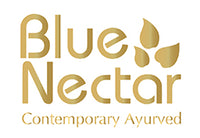


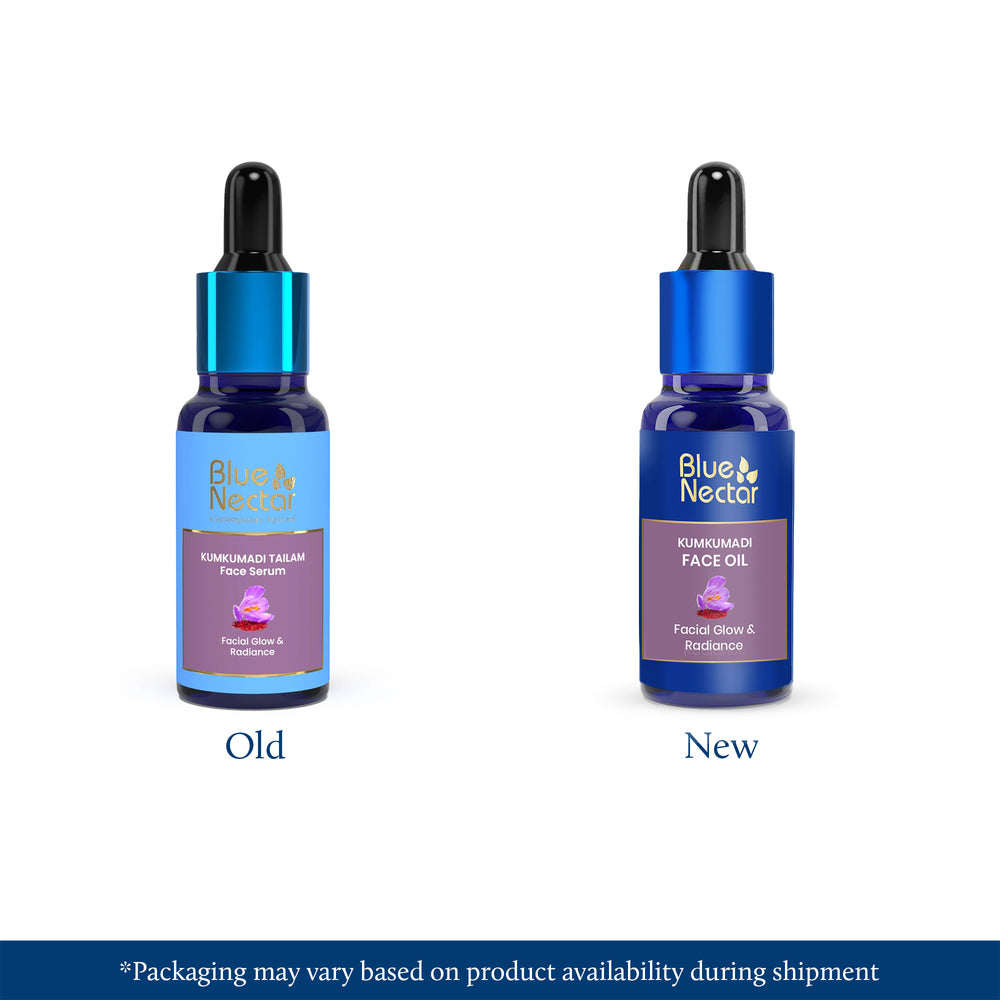
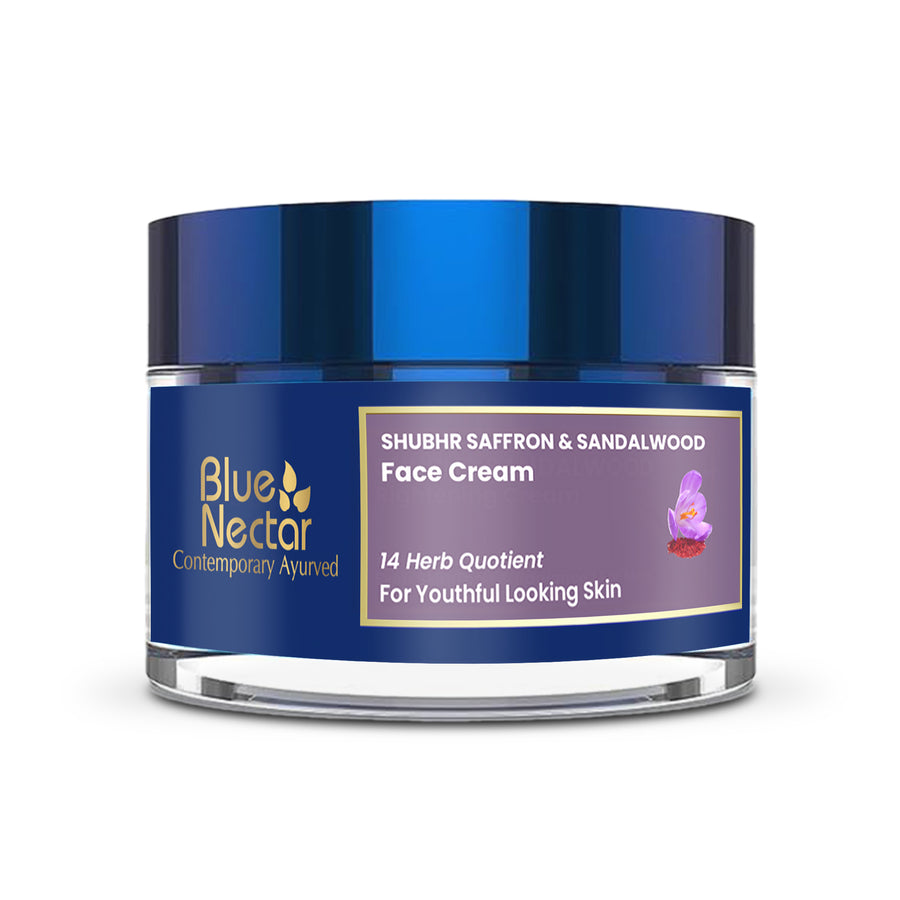

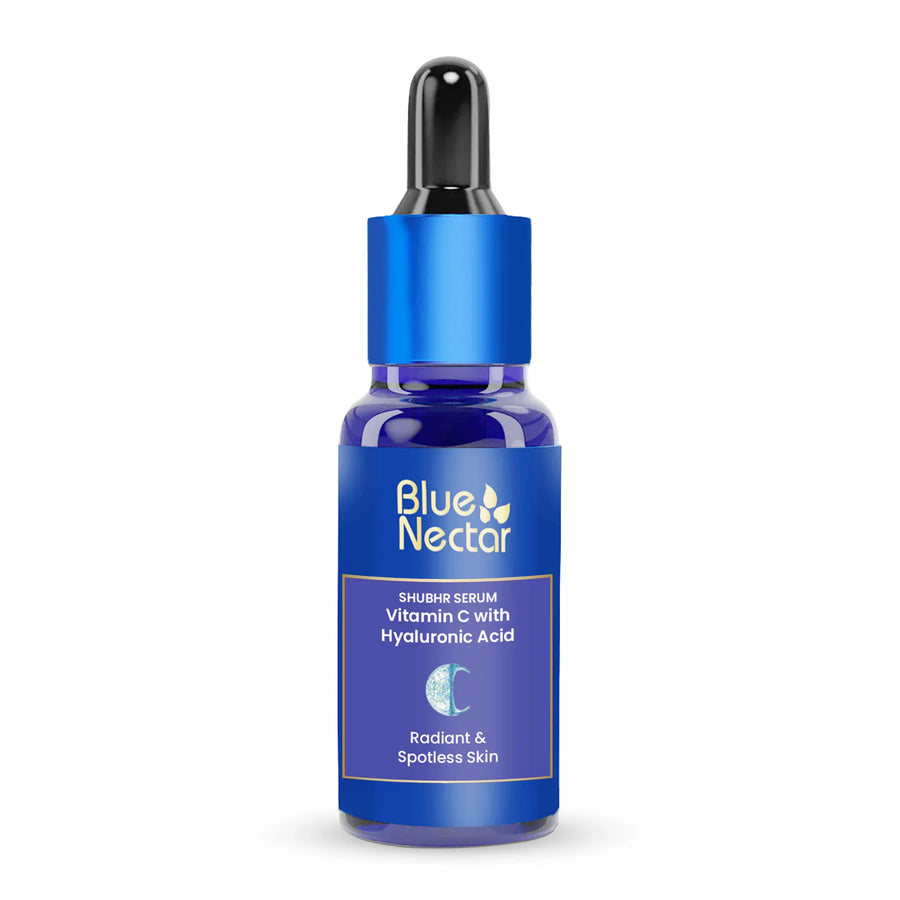


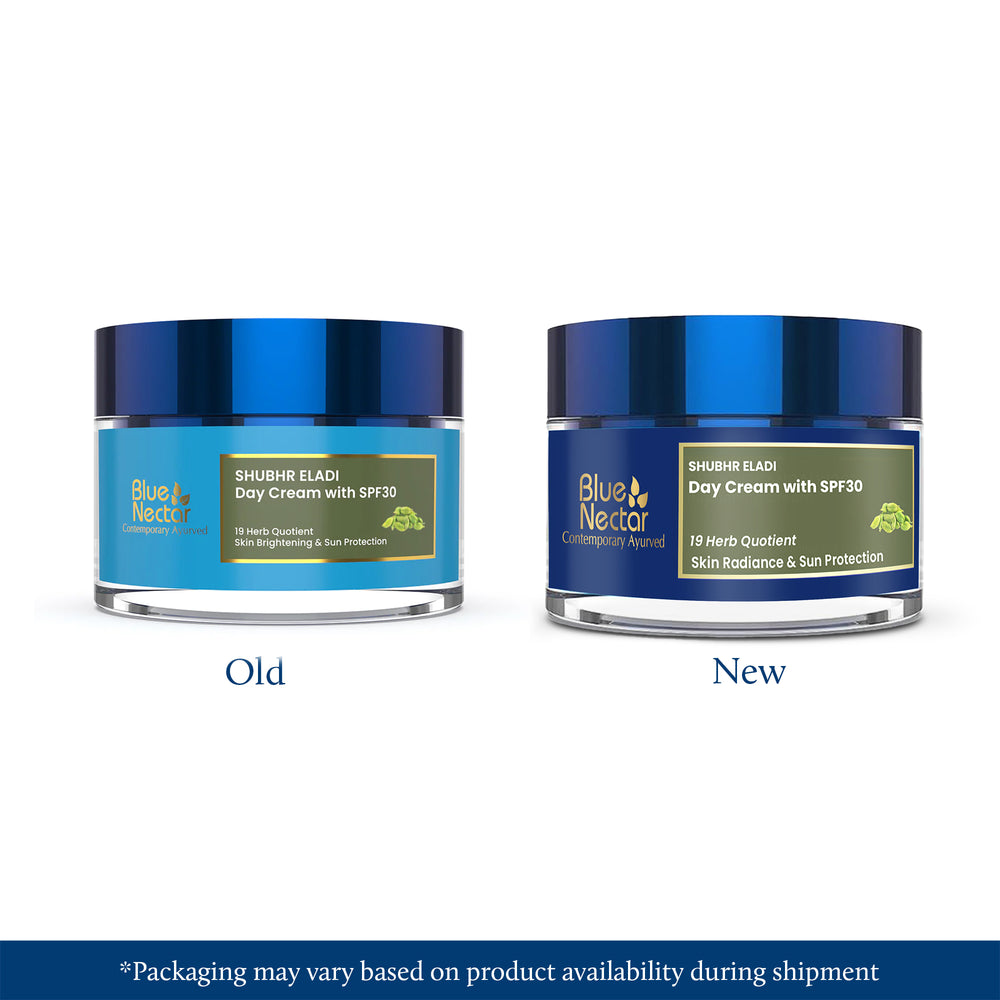
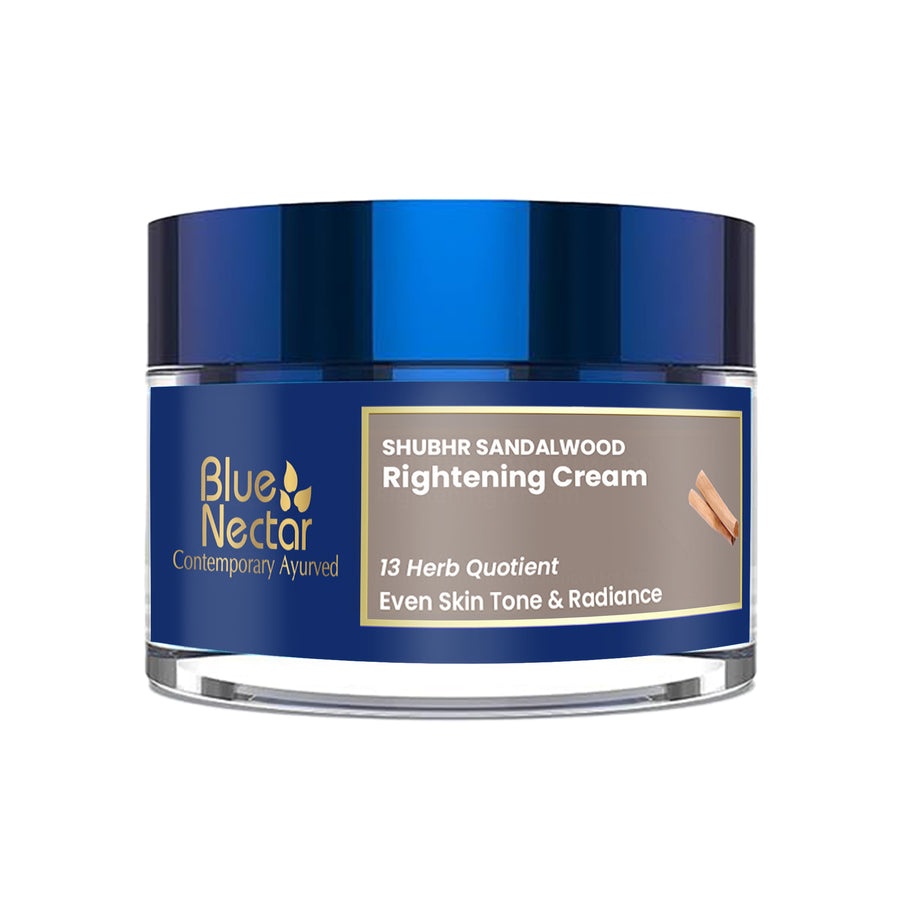
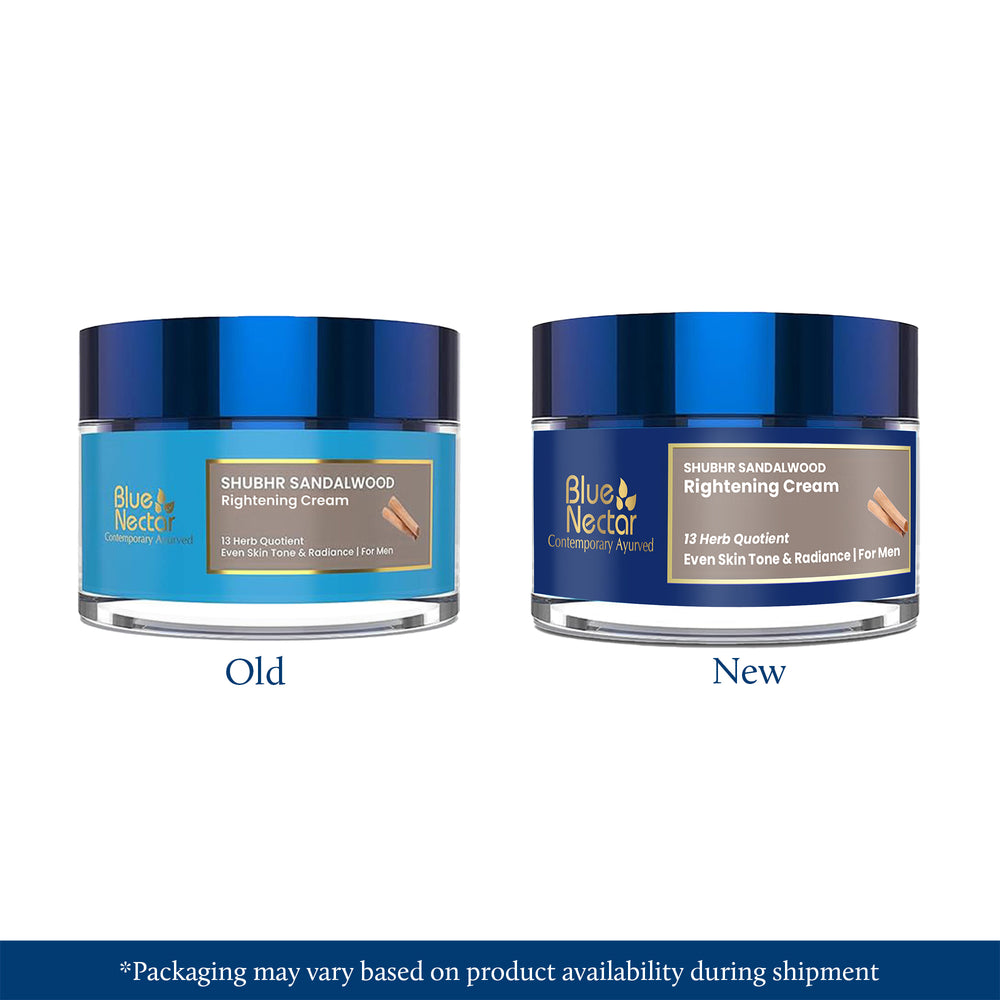




Leave a comment